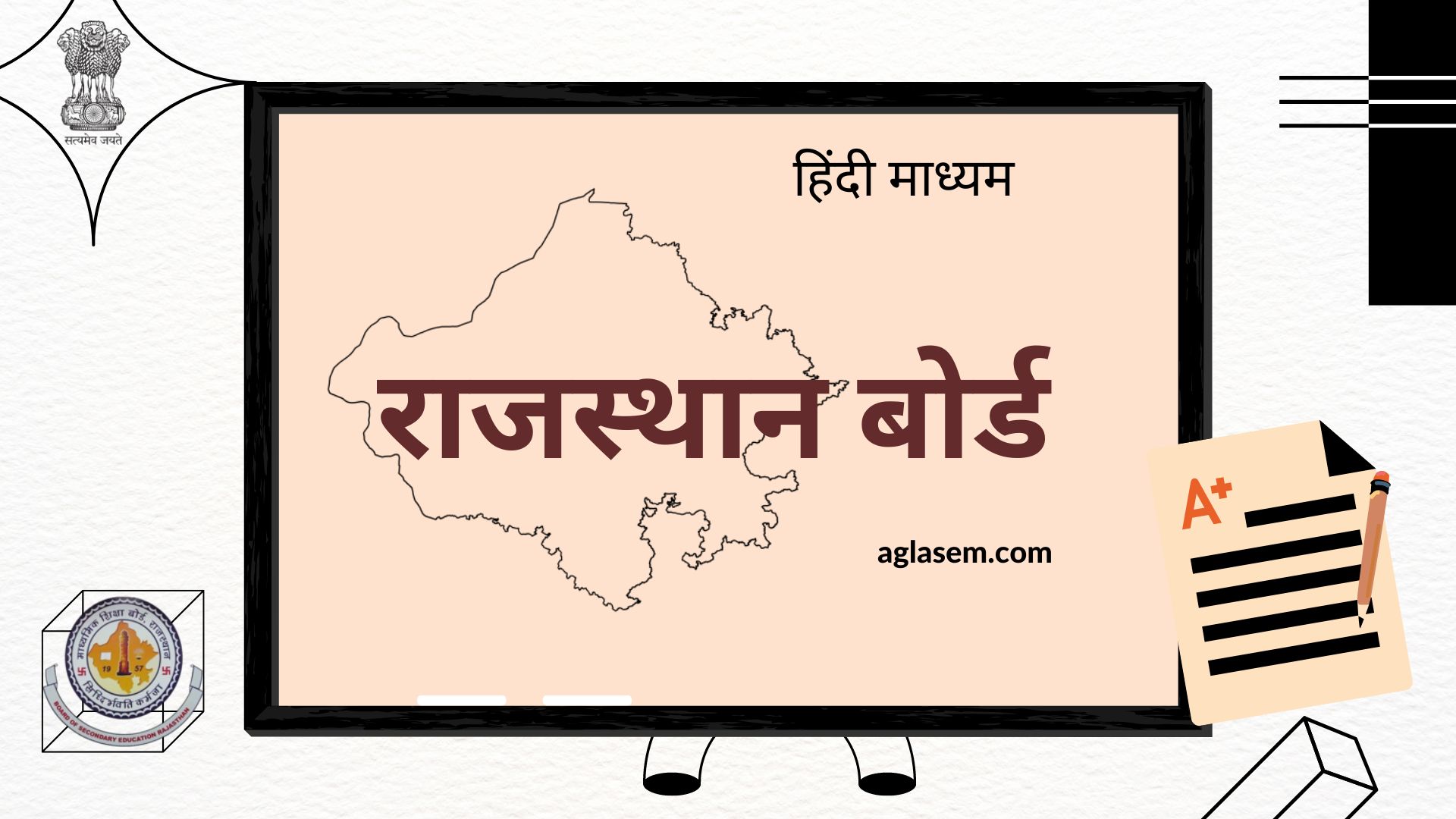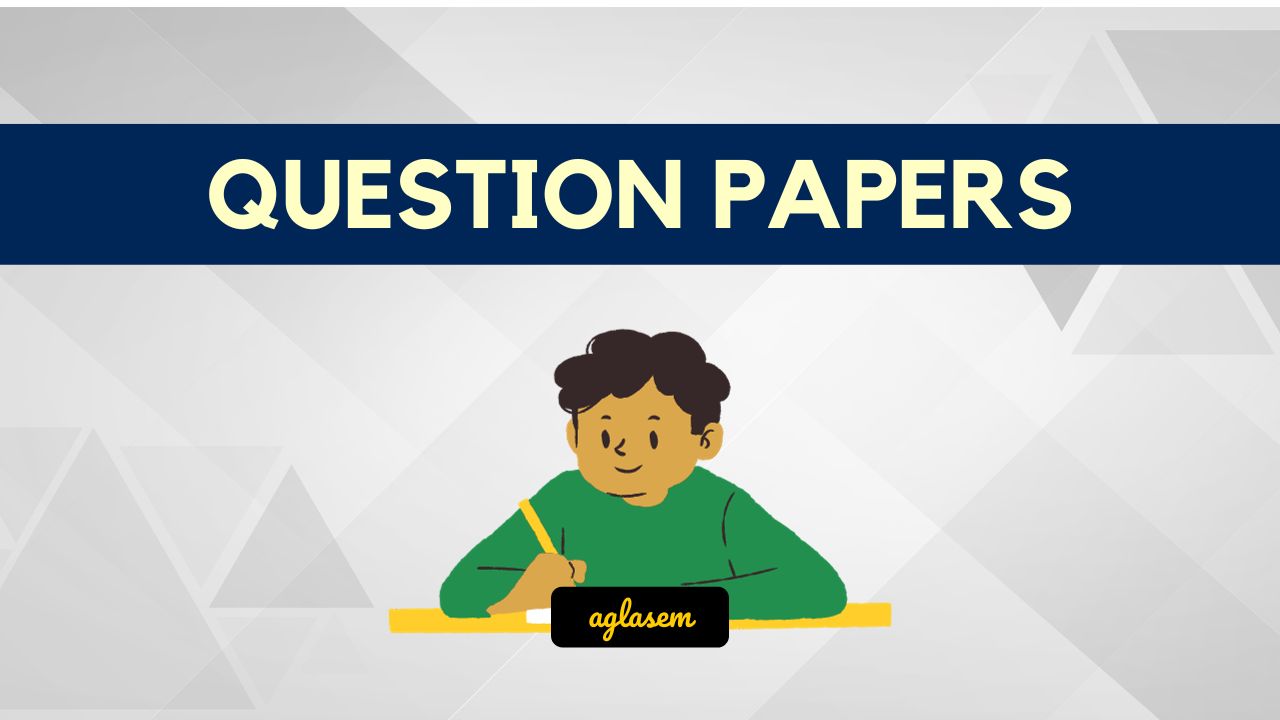Tamil Nadu 12th Biochemistry Model Question Paper 2025 has been published by DGE TN. You can now download the TN HSC (+2) Biochemistry Sample Paper PDF to prepare for your exam. This Tamil Nadu Board Class 12 Model Paper includes specimen questions for the Biochemistry subject based on the latest syllabus and blueprint. By practicing with the TN Class 12 Model Paper for Biochemistry, you can aim to score full marks in the Tamil Nadu 12th Public Exam 2025.
தமிழ்நாடு போர்டு வகுப்பு 12 Biochemistry மாதிரி வினாத்தாள் 2025 உங்கள் 12 ஆம் வகுப்பு போர்டு தேர்வுகளுக்குத் தயாராவதற்கு உதவும் வகையில் வெளியிடப்பட்டுள்ளது. நீங்கள் இப்போது HSC (+2) Biochemistry மாதிரி பேப்பர் PDF ஐ இங்கிருந்து aglasem.com இல் பதிவிறக்கம் செய்யலாம். 12 ஆம் வகுப்பின் சமீபத்திய DGE TN பாடத்திட்டத்தின்படி மாதிரித் தாளில் மாதிரி கேள்விகள் உள்ளன Biochemistry. எனவே நீங்கள் இந்த வினாத்தாளைத் தீர்த்தால், 12 ஆம் வகுப்பு Biochemistry தேர்வில் 100% மதிப்பெண்கள் பெறுவதற்கான வாய்ப்புகளை மேம்படுத்துகிறது.
Tamil Nadu 12th Biochemistry Model Question Paper 2025
The Tamil Nadu Board Model Paper for class 12 Biochemistry is as follows.
Tamil Nadu 12th Biochemistry Model Question Paper Download Link – Click Here to Download Question Paper PDF
Tamil Nadu 12th Biochemistry Model Question Paper 2025 PDF
The entire question paper is as follows.
Tamil Nadu 12th Std Model Question Paper Bio-Chemistry View Download








TN Class 12th Model Question Papers 2025
To ace the HSC (+2) exams, you need good marks in subjects besides Biochemistry too. Therefore here are all the sample question papers for Tamil Nadu Board class 12.
- Accountancy
- Biochemistry
- Biology
- Botany
- Business Maths
- Chemistry
- Commerce
- Computer Application
- Computer Science
- Economics
- English
- Ethics & Indian Culture
- Geography
- History
- Home Science
- Maths
- Microbiology
- Nursing
- Nutrition & Dietetics
- Physics
- Political Science
- Statistics
- Tamil
- Tamil Advanced
- Vocational Subjects
- Zoology
Tamil Nadu Board Model Papers
The class-wise sample papers for Tamil Nadu board are as follows.
Tamil Nadu 12th Biochemistry Model Paper 2025 – An Overview
The key highlights of this study material for Tamil Nadu 12th Public Exam 2025 is as follows.
| Aspects | Details |
|---|---|
| State | Tamil Nadu |
| Class | Class 12 / HSC (+2) |
| Subject | Biochemistry |
| Study Material Here | Tamil Nadu Board Model Question Paper for Class 12 Biochemistry |
| More Sample Papers for This Class | Tamil Nadu Board Model Question Paper for Class 12 |
| More Sample Papers for This Board | Tamil Nadu Board Model Question Papers |
| Name of Education Board | DGE TN (Directorate of Government Examinations Tamil Nadu) |
| Previous Year Question Papers | Tamil Nadu Board Class 12 Question Papers |
| Exam Dates | Tamil Nadu Board Class 12 Time Table |
| Result | Tamil Nadu Board Class 12 Result |
If you have any queries on Tamil Nadu 12th Biochemistry Model Question Paper 2025, then please ask in comments below.
To get study material, exam alerts and news, join our Whatsapp Channel.

